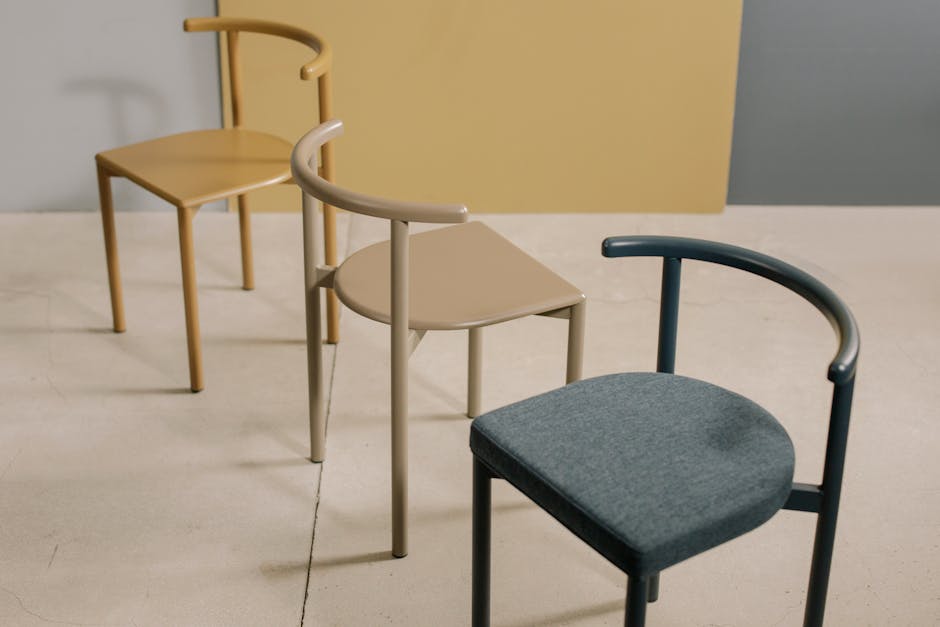Mastering Office Seating: A Guide to Efficient Workplace Arrangements
“This comprehensive guide explores the art of office seating arrangements, offering insights on creating efficient layouts, utilizing seating chart generators, and adapting to modern workplace needs. Learn how to optimize your office space for productivity and employee satisfaction. ”

Mastering Office Seating: A Guide to Efficient Workplace Arrangements
In today's dynamic work environment, the importance of a well-planned office seating arrangement cannot be overstated. As businesses adapt to new workplace norms, finding the right balance between productivity, collaboration, and employee comfort has become more crucial than ever. This guide will explore innovative approaches to office seating, including the use of seating chart generators and strategies for optimizing your workspace.

The Evolution of Office Seating Strategies
The traditional approach to office seating has undergone significant changes, especially in the wake of the COVID-19 pandemic. Companies are now reimagining their workspaces to accommodate flexible work arrangements, physical distancing requirements, and the need for enhanced collaboration spaces.
Key Considerations for Modern Office Layouts:
- Flexibility: Adaptable seating arrangements that can be easily modified.
- Health and Safety: Incorporating physical distancing measures without sacrificing productivity.
- Collaboration: Creating spaces that foster teamwork and spontaneous interactions.
- Technology Integration: Ensuring seating arrangements complement modern workplace technologies.
Leveraging Seating Chart Generators
One of the most efficient tools in a facility manager's arsenal is the seating chart generator. These digital solutions offer numerous benefits:
- Time-Saving: Quickly create and modify seating plans without manual effort.
- Visualization: Easily visualize different layout options before implementation.
- Data-Driven Decisions: Utilize occupancy data to optimize seating arrangements.
- Compliance: Ensure adherence to safety guidelines and regulations.

When selecting a seating chart generator, look for features such as drag-and-drop functionality, integration with HR systems, and the ability to factor in physical distancing requirements.
Strategies for Effective Seating Arrangements
1. Activity-Based Seating
Activity-based seating involves creating different zones within the office to support various work styles and tasks. This approach can include:
- Quiet zones for focused work
- Collaborative areas for team projects
- Social spaces for informal meetings and breaks
2. Neighborhood Concept
Organize teams into "neighborhoods" to foster collaboration while maintaining a sense of personal space. This strategy can help in:
- Enhancing team cohesion
- Facilitating communication
- Maintaining a balance between openness and privacy
3. Rotational Seating
Implement a desk rotation system to encourage cross-pollination of ideas and prevent the formation of silos. Benefits include:
- Increased knowledge sharing
- Enhanced creativity through diverse interactions
- Improved overall team dynamics
Testing and Refining Your Seating Chart
Creating an effective seating chart is an iterative process. Here's how to test and refine your arrangements:
- Pilot Programs: Implement new seating arrangements on a small scale before company-wide rollout.
- Feedback Loops: Regularly collect and act on employee feedback regarding seating preferences and needs.
- Data Analysis: Use occupancy sensors and analytics to understand space utilization patterns.
- Continuous Improvement: Be prepared to make adjustments based on changing needs and insights gained.

The Role of Technology in Modern Seating Arrangements
Integrating technology into your seating strategy can significantly enhance workplace efficiency. Consider implementing:
- Desk Booking Systems: Allow employees to reserve workstations in advance.
- Digital Wayfinding: Help employees and visitors navigate the office layout easily.
- Smart Sensors: Monitor occupancy and environmental factors to optimize space usage.
Conclusion: Crafting the Ideal Office Seating Plan
Creating an effective office seating arrangement is both an art and a science. By leveraging modern tools like seating chart generators, embracing flexible designs, and continuously refining your approach, you can create a workspace that enhances productivity, fosters collaboration, and adapts to the evolving needs of your workforce.
Remember, the perfect seating arrangement is one that aligns with your company's culture, supports your employees' work styles, and remains flexible enough to evolve with your organization. As you implement these strategies, you'll be well on your way to creating a more dynamic, efficient, and satisfying workplace for all.
For more insights on optimizing your workplace, check out our guide on choosing workplace management software and explore strategies for running more effective meetings in your newly optimized space.